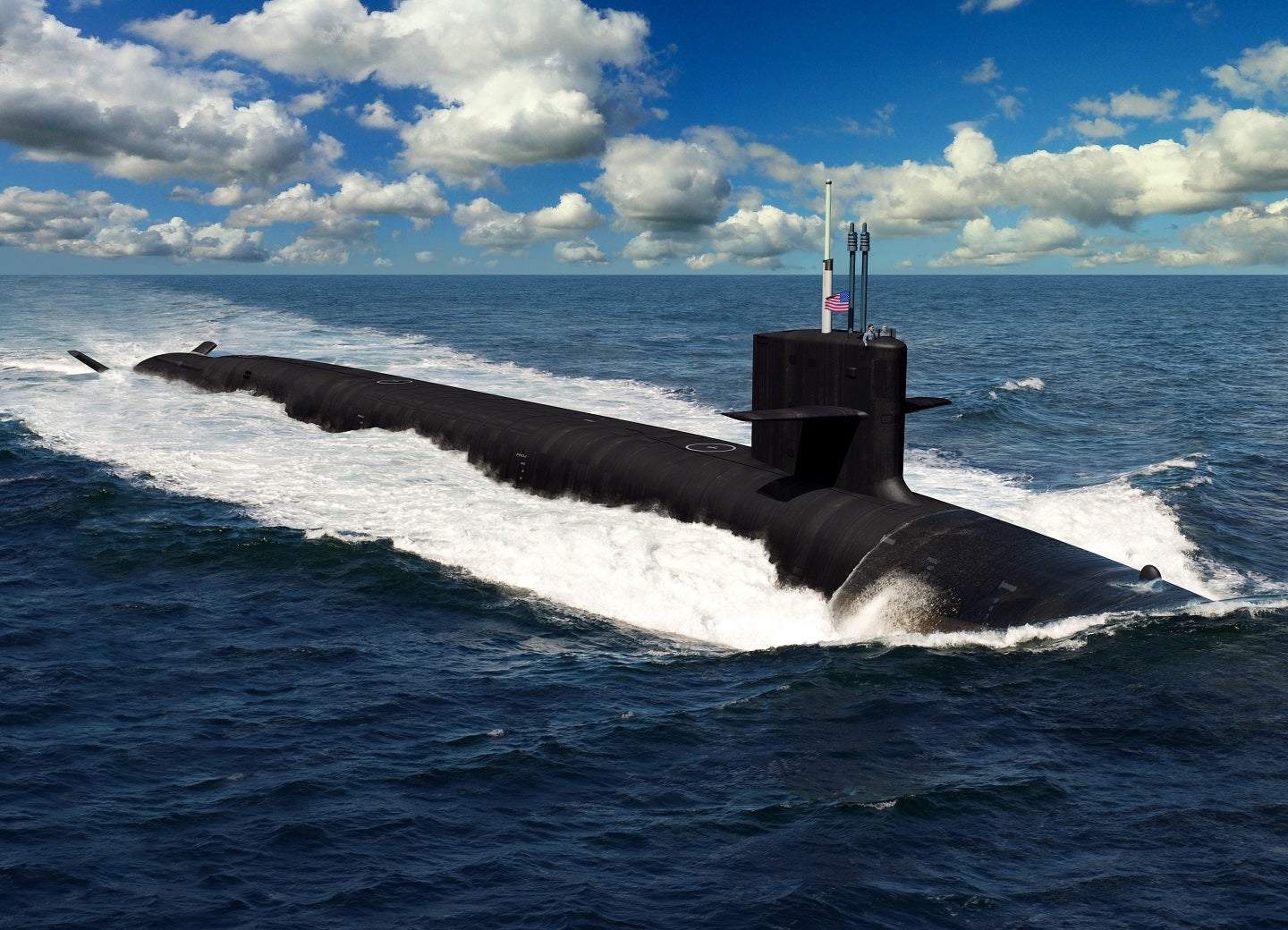
The global submarine market is currently valued at $30bn, this is expected to grow at a compound annual growth rate (CAGR) of 4.3% to reach $45bn by 2033 according to the leading intelligence company GlobalData.
GlobalData’s latest report, ‘Global Submarine Market 2023-2033’, tells us that the North American region, supported by the US Navy’s (USN) multi-year procurement programmes, is expected to maintain its leading position globally with a CAGR of 3.7%. The procurement of Virginia-class attack (SSN) and Columbia-class ballistic missile submarines (SSBN) is largely credited for driving the growth of the submarine market in the US. The Asia-Pacific region will hold the second largest position globally with a CAGR of 4.9% over the forecast period.
Factors such as safeguarding sovereignty, nuclear deterrence, modernisation initiatives, and geopolitical tensions have prompted a surge in the procurement of submarines globally.
Meeting these main drivers will require innovative capability methods to overcome the increased militarisation of artificial intelligence (AI) and advanced sensors in anti-submarine warfare. Therefore, stealthier and technologically advanced capabilities are becoming a dominant area of investment.
GlobalData Defence Analyst, Aamir Chowdry, claims: “Even though the US, Russia, and China are likely to remain the dominant players in the global submarine market, other countries such as India and Australia are also investing in advanced submarine capabilities.
“As the submarine market continues to evolve and expand, it is likely to have significant implications on global security, particularly for performing roles such as naval deterrence, securing sea lanes of communication (SLOC), and littoral operations”.
Nuclear deterrence as primary driver
The high maintenance costs associated with older submarines, especially nuclear-powered submarines that need expensive mid-life refuelling, compel the users to look for modern alternatives to cut their expenses.
This had led the USN to replace its Ohio-class SSBN fleet with the more advanced Columbia-class, the “nation’s most survivable leg of the nuclear triad”, according to the FY2024 Budget. The Columbia programme request is $5.8bn and includes the first of two increments of funding for the second submarine to be awarded in 2024.
Similarly, countries such as India, which is trying to establish a credible nuclear triad, are directing a significant amount of funds towards the procurement of SSBNs. India has already deployed one Arihant-class SSBN and is presently building three additional units. China is also deploying a more advanced version of SSBNs, namely the Tang-class (Type 096), to enhance its submarine-based deterrence capability.
Surpassing anti-submarine warfare
With the evolution of detection methods in anti-submarine warfare, navies are looking to find innovative ways to diversify the capabilities of their fleets.
Globally, navies are exploring the deployment of uncrewed underwater vehicles (UUVs) from submarines acting as motherships. These vehicles come equipped with sensors and specialised devices for anti-submarine warfare, mine countermeasures, intelligence surveillance, and reconnaissance (ISR), oceanographic data gathering, and acting as communication nodes between submarines and other platforms.
For example, the Virginia-class Block VI submarines can deploy UUVs that are torpedo-sized. These submarines can also carry extra-large UUVs, such as the Orca-class, which are larger than torpedo-sized UUVs. The USN contracted Boeing to produce five 51-foot-long Orca XLUUVs in 2019, and in May 2022, the initial prototype underwent testing.
After expressing interest for several years, the Indian Navy has reiterated its desire to acquire autonomous underwater vehicles (AUVs), also known as mini submarines. The Navy has now revealed plans to purchase up to six SOV400 high endurance AUVs (HEAUV), which will be used by its MARCOS special operations unit. Meanwhile, Russia is contemplating the use of Poseidon drones equipped with nuclear warheads, which would be launched from its Belgorod submarine that was commissioned in 2022.
Chowdry adds: “The growing emphasis on enhancing deterrence capabilities has compelled countries to design submarines which incorporate advanced acoustic reduction technology and multiple independently targetable re-entry vehicle (MIRV) equipped ballistic missiles. Due to their high-survivability and endurance, submarines are more ideal for performing deterrence roles as compared to airborne and land-based platforms”.







